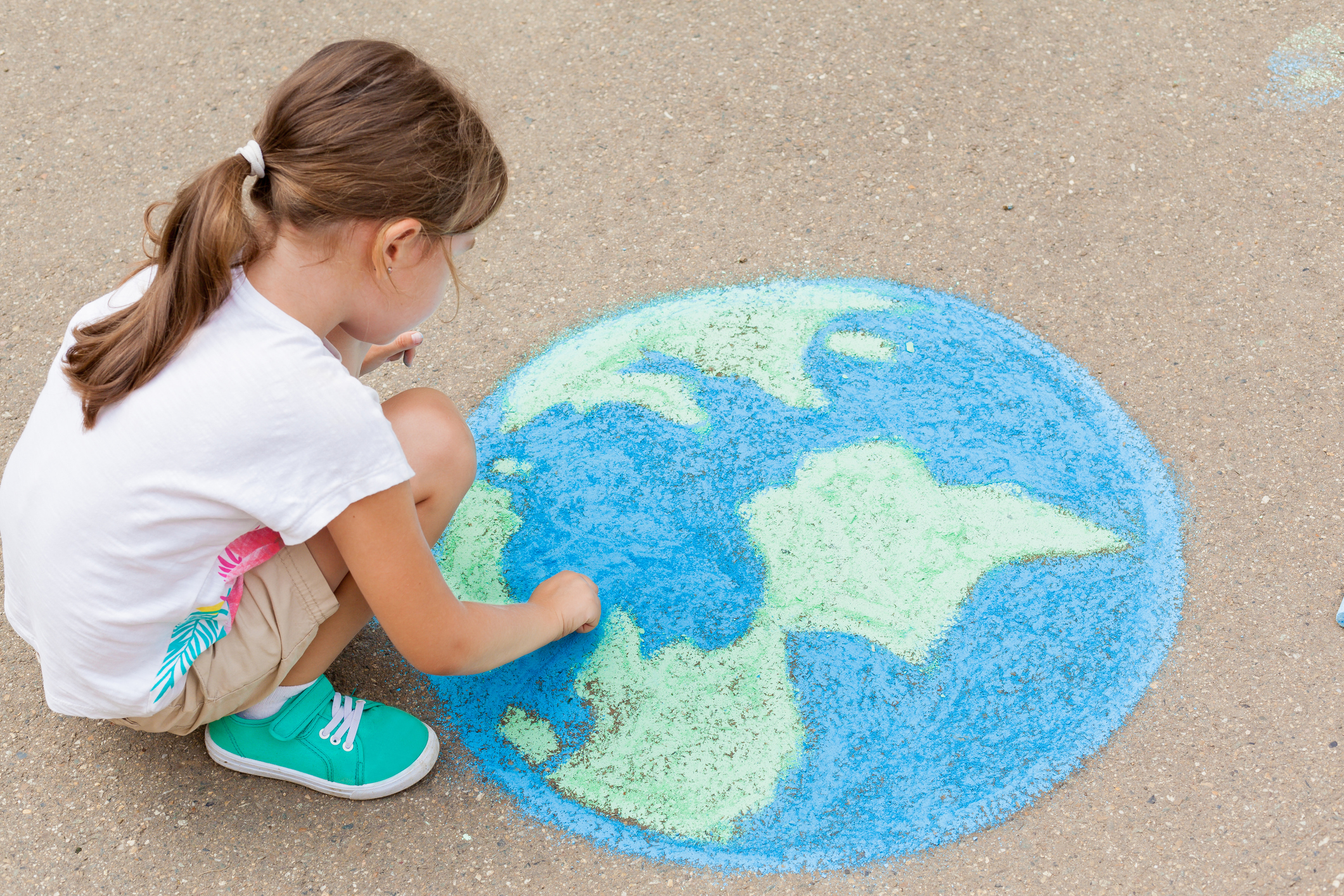Q&A: How the human right to a healthy environment can help protect us all
October 27, 2020

October 27, 2020

From the COVID-19 pandemic to the raging wildfires in Australia and the U.S., scientific evidence shows an increase in planetary environmental emergencies that pose a risk to Canadian and global communities.
While many countries recognize the right to a healthy environment through constitutions, legislation, court decisions and regional treaties, there are notable exceptions – including Canada, the U.S., the U.K., China and Australia.
Today, David Boyd, the UN Special Rapporteur on Human rights and the Environment, will present a new report to the United Nations General Assembly, outlining mounting evidence that human rights depend on a healthy environment and describing how the legal recognition of the right to a healthy environment can better hold governments and businesses accountable.
Boyd, who is also a professor at the Institute for Resources, Environment and Sustainability and the School of Public Policy and Global Affairs at UBC, discusses his report in this Q&A.
From the COVID-19 pandemic to plagues of locusts decimating crops in Eastern Africa and the Indian subcontinent, damage to the environment is having a major impact on the rights to life, health, food, water, sanitation, an adequate standard of living, development and culture.
Healthy ecosystems save lives. There are many examples: communities protected by healthy mangrove ecosystems are less likely to suffer deaths caused by cyclones, while pollinators including bees, bats and birds make invaluable contributions to the right to food. Conversely, pollution has jeopardized the right to life – take mercury poisoning in Grassy Narrows in northwestern Ontario, which has harmed several generations of families.
The most striking example is the COVID-19 pandemic which has caused more than one million deaths and massive social and economic disruption. COVID-19 is the latest of many infectious diseases – including HIV/AIDS, Ebola and avian influenza – to spill over from another animal species to humans. This growing risk of emerging infectious diseases is caused by a perfect storm of human actions that damage ecosystems and biodiversity, such as deforestation, land clearing and conversion for agriculture, the wildlife trade and of course, climate change.
Existing commitments to protect our planet – such as the Convention on Biodiversity, Paris Agreement and the more recent Leaders’ Pledge for Nature – do not provide accountability, in part because they lack enforcement mechanisms for halting environmental destruction.
Human rights are a powerful way to increase accountability, offering enforcement mechanisms at the national, regional and global levels. Previous steps by the UN have gone in the right direction but do not address critical components of our biosphere. In 2010, the UN passed a pioneering resolution stating for the first time that clean water and adequate sanitation are basic human rights, and by 2017, an additional 1.8 billion people around the world gained access to basic drinking water. Yet no similar resolution has ever been proposed, let alone passed, for clean air, a safe climate, healthy ecosystems and biodiversity and non-toxic environments.
In countries which do legally recognize the right to a healthy environment, citizens have successfully called on their government to protect the environment by showing the violation of their human rights. In 2018, 25 children successfully sued the Colombian government for failing to protect the environment. The country’s Supreme Court ruled that the government must come up with a plan to stop deforestation in the Amazon, simultaneously addressing climate change and protecting biodiversity.
Along with 1,000 civil society organizations, I’m urging the United Nations Human Rights Council and the General Assembly to pass resolutions recognizing the right to a healthy environment. Although not legally binding, this would be a powerful catalyst for change, and could later be strengthened by including the right to a healthy environment in the Universal Declaration of Human Rights – which would be the first addition to the declaration since its creation in 1948.
Governments should apply a rights-based approach to all aspects of conserving, protecting, restoring, using and benefitting from healthy ecosystems and biodiversity. My report includes detailed recommendations in four areas: urgent action using a “One Health” approach to prevent the spillover of zoonotic diseases like COVID-19; carbon-neutral economic recovery plans; accelerated action to protect and conserve nature; and finally, respecting the rights of Indigenous peoples and local communities.
We honour xwməθkwəy̓ əm (Musqueam) on whose ancestral, unceded territory UBC Vancouver is situated. UBC Science is committed to building meaningful relationships with Indigenous peoples so we can advance Reconciliation and ensure traditional ways of knowing enrich our teaching and research.
Learn more: Musqueam First Nation